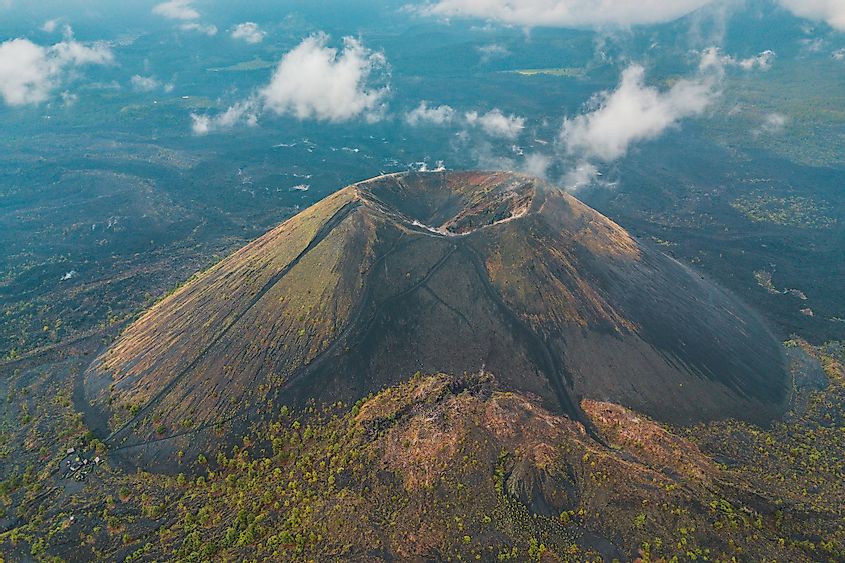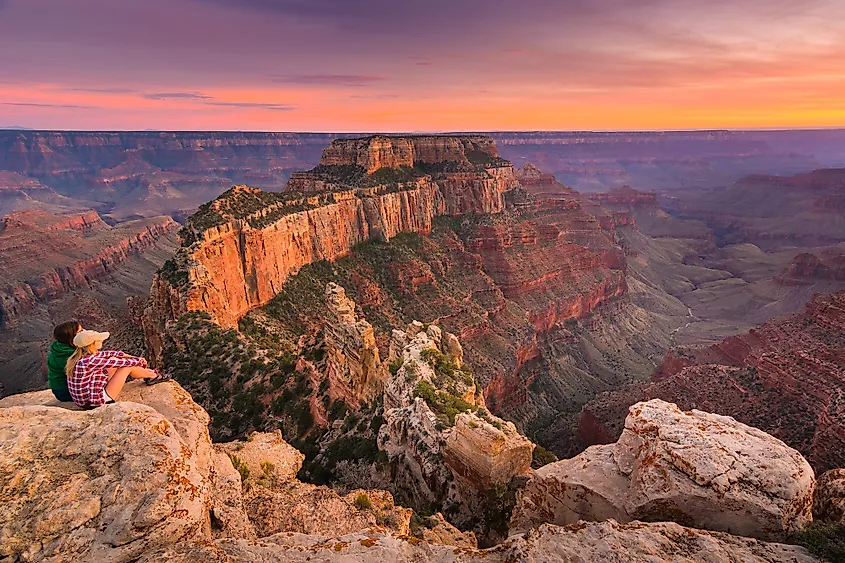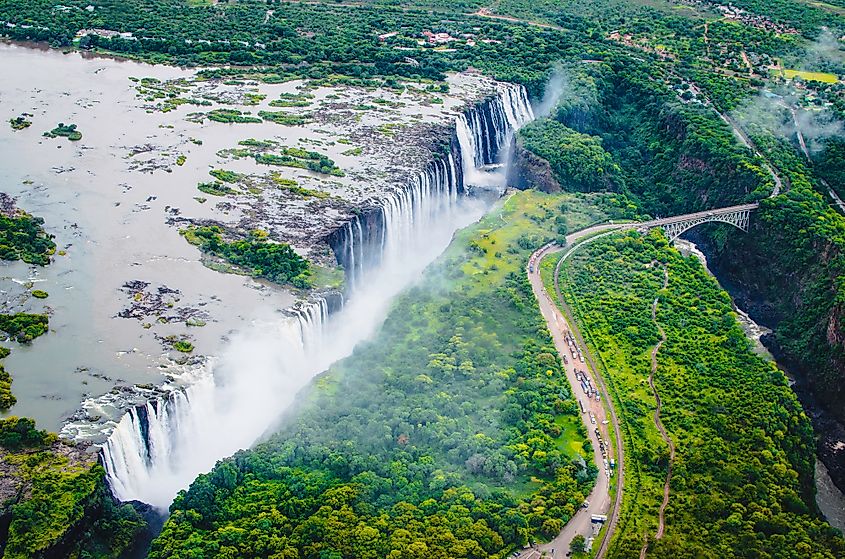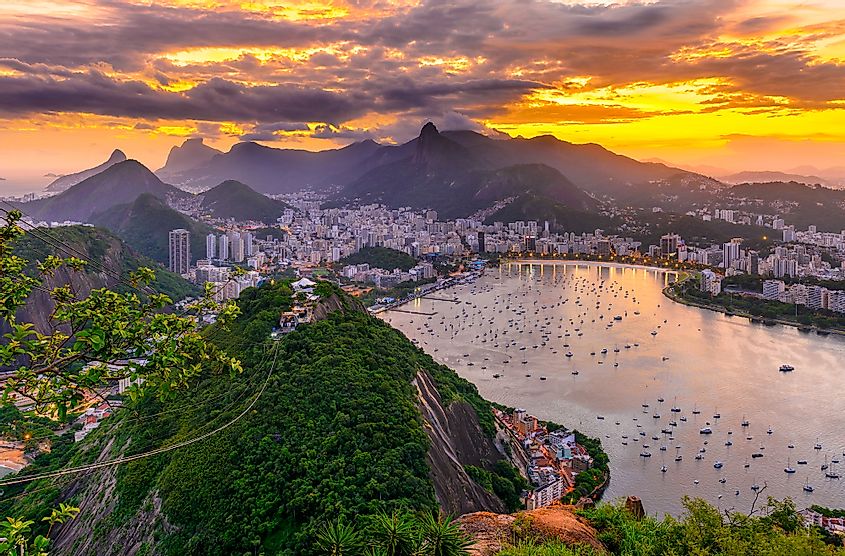Mount Everest

When thinking of some of the most impressive natural landscapes in the world, it is impossible not to think of Mount Everest. Mount Everest is known as the tallest peak on Earth and measures 8,848.86 meters tall. Generally, people think of it as the tallest mountain in the world, but that isn’t quite accurate. Mauna Kea, in Hawaii, is actually a taller mountain, but much of it is underwater, and thus it does not have the tallest peak ‘above sea level.’ This is why Everest is generally considered to be the overall tallest, as it is much easier to see and comprehend the sheer size of the mountain and its summit.
Mount Everest is part of the Himalayan mountain range, and is located along the China(Tibetan)-Nepal border. The official border line actually runs across the summit of the mountain, meaning it technically belongs to both countries. The English name, Everest, is named after George Everest, who was a surveyor of India. The Nepali term for the mountain peak is Sagarmatha, and in Tibet it is known as Chomolungma, which roughly translates to “Mother Goddess of the World.”
Paricutin Volcano

Another one of the natural wonders of the world is Parícutin. It is a cinder cone volcano which can be found in Michoacán, Mexico. The cone has only really existed as it is since 1943, when it surged up out of the ground in a relatively flat corn field, making it the youngest volcano in the Northern Hemisphere. At the time that it surged, it also erupted, and continued to erupt over a period of 9 years. Now, the volcano is considered to be dormant, and is popular as a tourist attraction. Visitors are able to climb the volcanic peak and view the hardened lava flows, including encased ruins of the San Juan Parangaricutiro Church.
The Grand Canyon

The Grand Canyon is a striking canyon located in Arizona, United States. The canyon was formed by the natural erosion of rock and soil by the Colorado River, over the period of billions of years. The canyon is stunning not only for its deep rust-red colours, and the visible layers of rock and sediment that can be seen throughout its cliff walls, but mainly it is impressive for its size and depth.
The Grand Canyon is aptly named, as it measures some 446 kilometers in length, up to 29 kilometers wide at its widest point, and a whopping 1.8 kilometers deep. The magnitude of the canyon is awe inspiring, but the age is also astounding, as the phenomenon reveals millions of years of geological history. Many visitors choose simply to gaze at the sight, but it is also possible to hike along the top of the canyon cliff, in the ravine, or raft and boat in the river below.
Victoria Falls

Victoria Falls is one of the seven natural wonders of the world because it is considered the largest waterfall in the world. It is important to note that it is ‘largest’, as these falls are not the tallest nor are they the widest falls on earth, however their combined height and width (1,708 meters wide by 108 meters in height) make them larger than any other set of falls – they have the largest sheet of falling water of anywhere on Earth (especially during the wet rainy season).
The falls are located along the border between Zambia and Zimbabwe, in southern Africa, and are formed by the Zambezi River. Tourists come from all over the world to see the spectacular natural wonder, and witness the 500 million literes of water which cascade over the cliff edge every minute. Visitors can view the falls from vantage points, or more adventurous travellers can swim in the river right up to the fall’s edge (in low season) and even bungee jump from the Victoria Falls Bridge.
The Harbor of Rio De Janeiro

The Harbor of Rio de Janeiro can be found in the southeast of Brazil. Also known as Guanabara Bay, it is the world’s largest natural bay, based on volume, and that is why it is classified as one of the seven Natural Wonders of the world. The bay is a huge expanse of water, which is surrounded by granite rock formations and monoliths which add to the striking visual appeal of the area.
Though the harbor has also become a massive hub of human activity, from the city of Rio to public beaches such as copacabana and an active harbor, the natural beauty of the bay remains, and it is clear to any visitors that the region is a true natural beauty.
Great Barrier Reef

The Great Barrier Reef is the largest coral reef system in the world. It is made up of 2,900 smaller reef sections and 900 islands which together make up some 2,300 kilometers of reef across 344,400 square kilometres of ocean. These reefs, or reef system, is located in the fittingly named Coral Sea, which is off the coast of Queensland, Australia.
The reef contains a huge variety of coral, fish and marine species, from plantlife and tiny aquatic organisms to sharks, turtles and rays. This region has historically been one of the most biologically diverse areas, and the array of colours and life that can be found here is remarkable.
Visitors and tourists come from all over the world to marvel at the reefs and the sea life that lives among them, diving and snorkelling amongst the forests of coral and reef. Though tourism and climate change have had negative affects on the reef, conservation efforts hope to protect this beautiful and delicate habitat to ensure the world does not lose this amazing natural wonder.
Northern Lights

Just as there is a natural wonder below sea level there is also one above it, in the sky. The Northern lights, more scientifically called the Aurora Borealis, is a natural phenomenon which marks the seventh natural wonder of the world. The Aurora appears as a light show of beautiful dancing colours – usually greens blue and purples – when electrically charged particles caused by sun flares or extreme sun activity reach the gaseous particles found in the Earth’s atmosphere. The result is a moving and awe-striking rainbow of moving color that has to be seen to be truly taken in. This is a natural wonder as it is a striking example of how a naturally occurring phenomenon – such as a sun flare – can result in a beautiful event on Earth.
Generally the northern lights can be seen more clearly and frequently closer to the Arctic Circle. Polar regions have some of the most phenomenal displays, especially as light pollution from cities is virtually nonexistent there. However, the aurora can be seen in several countries including the US state of Alaska, large sections of northern Canada, as well as Iceland, Greenland, Norway, Sweden and Finland.
Each of the seven wonders offers a different look at a natural phenomenon that has occurred or continues to occur on Earth. By reflecting on these wonders, we can help to appreciate the beauty around us, as well as marvel at the stunning natural phenomena around the world.


 Users Today : 389
Users Today : 389 Total views : 464971
Total views : 464971